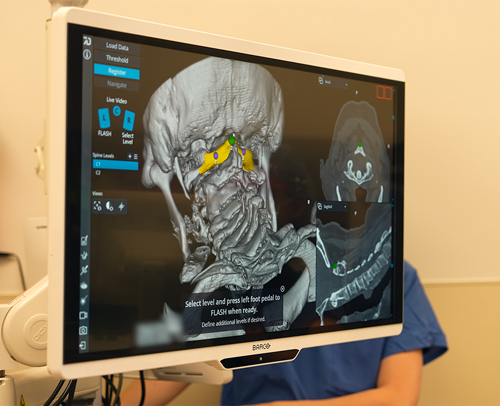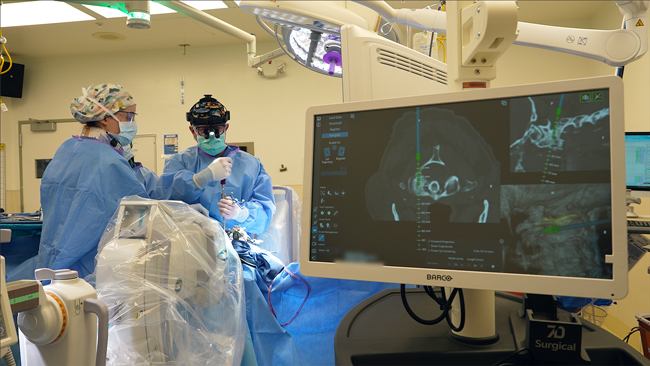It’s OK That You’re Not OK: Meeting Grief and Loss in a Culture That Doesn’t Understand – Megan Devine, 2017. This book offers an empathetic approach to grief, debunking myths and providing practical tools for healing.
I Wasn’t Ready to Say Goodbye: Surviving, Coping & Healing After the Sudden Death of a Loved One - Brook Noel & Pamela D. Blair, PhD, 2008. A guide for those dealing with sudden loss, offering support and activities to help manage grief.
Grief is for People - Sloane Crosley, 2024. This memoir explores the complexities of grief through the author’s personal experiences, providing a relatable and insightful narrative.
Grief is the Thing with Feathers - Max Porter, 2017. A unique blend of prose and poetry, this book explores the profound impact of grief on a family through the metaphor of a crow visiting them.
The Reality Slap: How to Survive and Thrive When Life Hits Hard - Russ Harris, 2021. This book helps readers navigate life’s tough moments, including grief, with practical advice and tools.
The Wild Edge of Sorrow: Rituals of Renewal and the Sacred Work of Grief - Francis Weller, 2015. This book offers rituals and practices to help navigate the deep waters of grief.
Life After Death, On This Side of Heaven - Darcy Thiel, 2014. This book follows the journey of the Thiel-Colvin family as they rebuild their lives after losing their husband and father at an early age.
The Grieving Brain: The Surprising Science of How We Learn from Love and Loss - Mary Frances O’Connor, PhD, 2023. A fascinating exploration of the neuroscience behind grief.
Good Mourning: Honest Conversations About Grief and Loss - Sally Douglas and Imogen Carn, 2023. A compassionate and relatable guide for anyone dealing with grief. The authors, who met after the sudden deaths of their mothers, created this book to fill the gap.
Understanding Your Grief: Ten Essential Touchstones for Finding Hope and Healing Your Heart - Alan D. Wolfelt, PhD, 2021. This book is built on Dr. Wolfelt’s Ten Touchstones, which are basic principles to learn and actions to take to help yourself engage with your grief and create momentum toward healing.




